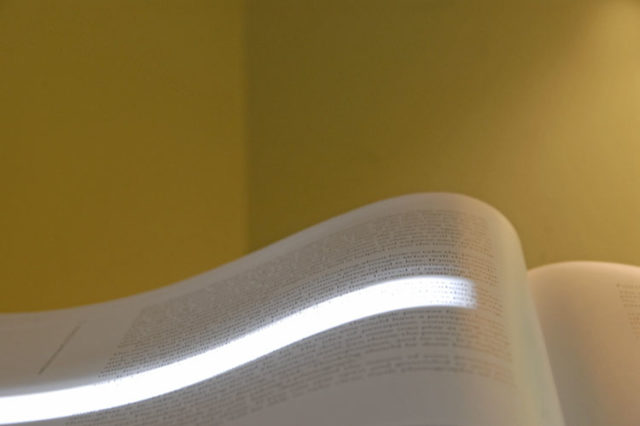As human beings, we are often corralled by either our thinking or our emotions.Contemplation taps into a different kind of intelligence, a deeper awareness, true wisdom, beyond conceptual thinking and even our emotions.
How do we do this? By noticing the gaps. There are always gaps or spaces between our thoughts and emotional responses. We’re not usually consciously aware of them.
In contemplative practice, we work with these gaps and shift our allegiance to this intelligence. ~ The Practice of Contemplative Photography
Chapter 4 in The Practice of Contemplative Photography (paid link), by Andy Karr and Michael Wood, explains the three steps in the practice.
The Three Steps and An Example
1. Notice the gaps – called flashes of perception.
It might take something startling or out of the ordinary to stop our mental chatter. A breathtaking sunset, an accident at the side of the road, a child’s laughter. Or, we can make the choice to stop it ourselves. I was sitting at my desk and saw the book we are discussing here open on the desk. A long, sliver of light fell across the open book, highlighting certain words. This was the flash. My mind and eye stopped.
2. Lengthen the gaps by looking further – called visual discernment.
The authors say that this is the hardest step – the crucial step between seeing the flash and accurately portraying it in a photograph. Keeping that contemplative state of mind takes practice. As I tried to stay with the flash, my mind immediately kicked in. This is where obstacles arise. Wood and Karr describe these obstacles as excitement and photographic thinking. For me, it was excitement. I knew that the light wouldn’t be there very long. So, I quickly picked up my camera, adjusted some settings and clicked the shutter. Nothing happened. My camera’s battery was dead. Desperation set in as I ran downstairs to get a new, charged battery. When I returned a minute later, the light was gone. Below is what I saw – not my original flash.
You don’t need to panic about not capturing the image. Although each perception is unique and will never occur in the same way again, there are endless fields of perception. ~ The Practice of Contemplative Photography
3. Photograph from that place of resting in the flash – called forming the equivalent.
In this stage, we take the picture, with the goal being to produce an image that accurately portrays what was seen and felt in the flash. A few minutes later, I looked up from my work and again saw another line of light across the book. This time it was thicker, about the size of a ruler. It illuminated a whole paragraph. This time I was calm and ready. I took the time to discern what had stopped me. It was the light, but also the curve of the light and the book together. I picked up my camera and zoomed in a little to accurately capture the perception. The image at the top of this post is what I saw – no artifice, no manipulation.
Nothing added, nothing missing. – The slogan of contemplative photography
Stay tuned next week as we begin the assignments.

